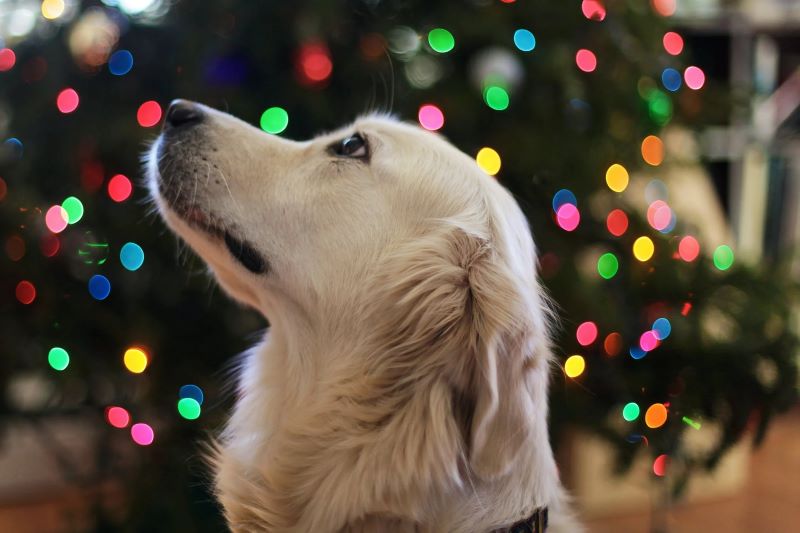
Choosing the right pre-lit Christmas tree for your home
There are just a few tree problems you can’t fix right in your home. No, you need not empty your pocket—and you may never need to employ the services of an expert. All you need to know is here!
Usually, problems arise when light strings go dark, or when the new tree is being assembled. And one method for troubleshooting is to test the light strings to identify the faulty bulb, or simply install new, working light strings.
Trees don’t arrive as depicted on the website. The “fluffing” process is what gives each tree its own unique shape, and adding the next section of the tree should be done after shaping the lowest section.
Consequently, each inner tip can be lifted up and out, and lower branches are often expandable so they can also be lifted. The branches themselves can be lifted or moved, and the tips of the branches can be lifted as well.
If desired, tree tips can be angled downward or left straight. And lights should be plugged in before each section is fluffed.
Keep scrolling and you’ll find handy tips to help you assemble and store your pre-lit Christmas trees.
Storage tips for Christmas trees
Do you wrestle trees? If you spend an excessive amount of time trying to cram your fluffed Christmas tree into the original box that’s been taped severally, only to have pieces break out of the sides, then yes is simply the answer.
The more you store your tree correctly, the longer your tree will stay full and beautiful. More so, you can bypass the hassle that comes with re-packing your smashed-up tree the next year. A properly-sized bag is the very best way to store a tree.
You can avoid bends, deformities, and damage to your tree’s delicate lights, lights wires, and connectors with tree storage bags.
